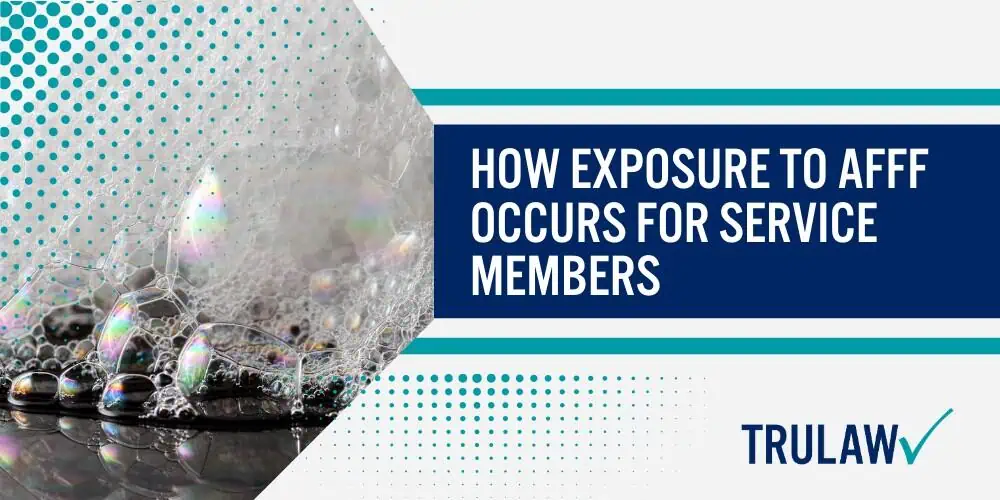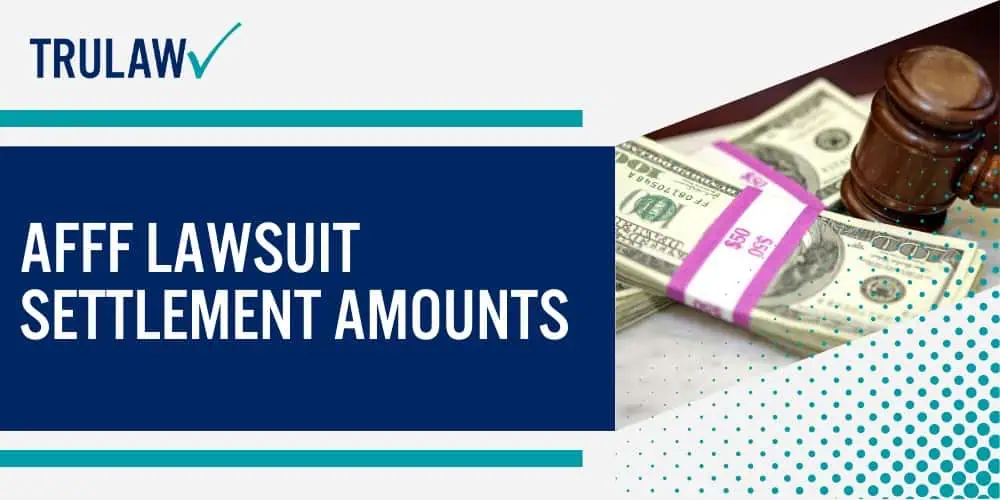AFFF firefighting foam, frequently used on military bases, contains PFAS – a group of dangerous chemicals linked to serious health issues.

Firefighting foam used in military bases
Firefighting foam, specifically Aqueous Film Forming Foam (AFFF), is a common tool in military bases.
Its purpose: extinguishing jet fuel fires quickly and effectively.
Due to its lifesaving value, the use of PFAS chemicals in this particular foam received approval by federal agencies, including the Pentagon.
Yet despite its effectiveness for fire control, potential health risks lurk within.
The foam itself holds man-made chemicals known as PFAS – substances that research has linked to an increased risk of cancer among those exposed.
As such, service members and firefighters on military bases may face a hidden danger each time they encounter AFFF firefighting foam in their line of duty.

Contains harmful chemicals called PFAS
PFAS, also known as per- and polyfluoroalkyl substances, are a group of man-made chemicals that are found in AFFF firefighting foam.
These harmful compounds have been used extensively due to their ability to rapidly extinguish dangerous jet fuel fires.
PFAS are often referred to as “forever chemicals” because they do not break down in the environment or the human body, leading to prolonged exposure risks.
The main concern with these chemicals is their potential link to serious health conditions.
Studies indicate an association between exposure to PFAS and the development of testicular cancer, kidney cancer, and thyroid disease, among other health problems.
In addition to cancers, these toxins can affect growth and learning in children and interfere with natural hormones in adults.
Despite awareness of these dangers amongst chemical manufacturers and military authorities alike, the use of AFFF firefighting foams containing PFAS persists on military bases causing extensive occupational exposure for service members.

















